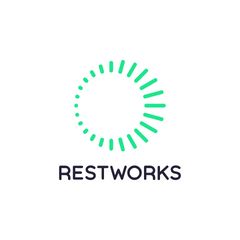1,146 reads
NASA’s Zero Gravity Posture: From Space Rockets to Office Furniture
by
November 20th, 2021
Audio Presented by

Restworks promotes sleep tech products that make work life better and healthier.
About Author
Restworks promotes sleep tech products that make work life better and healthier.